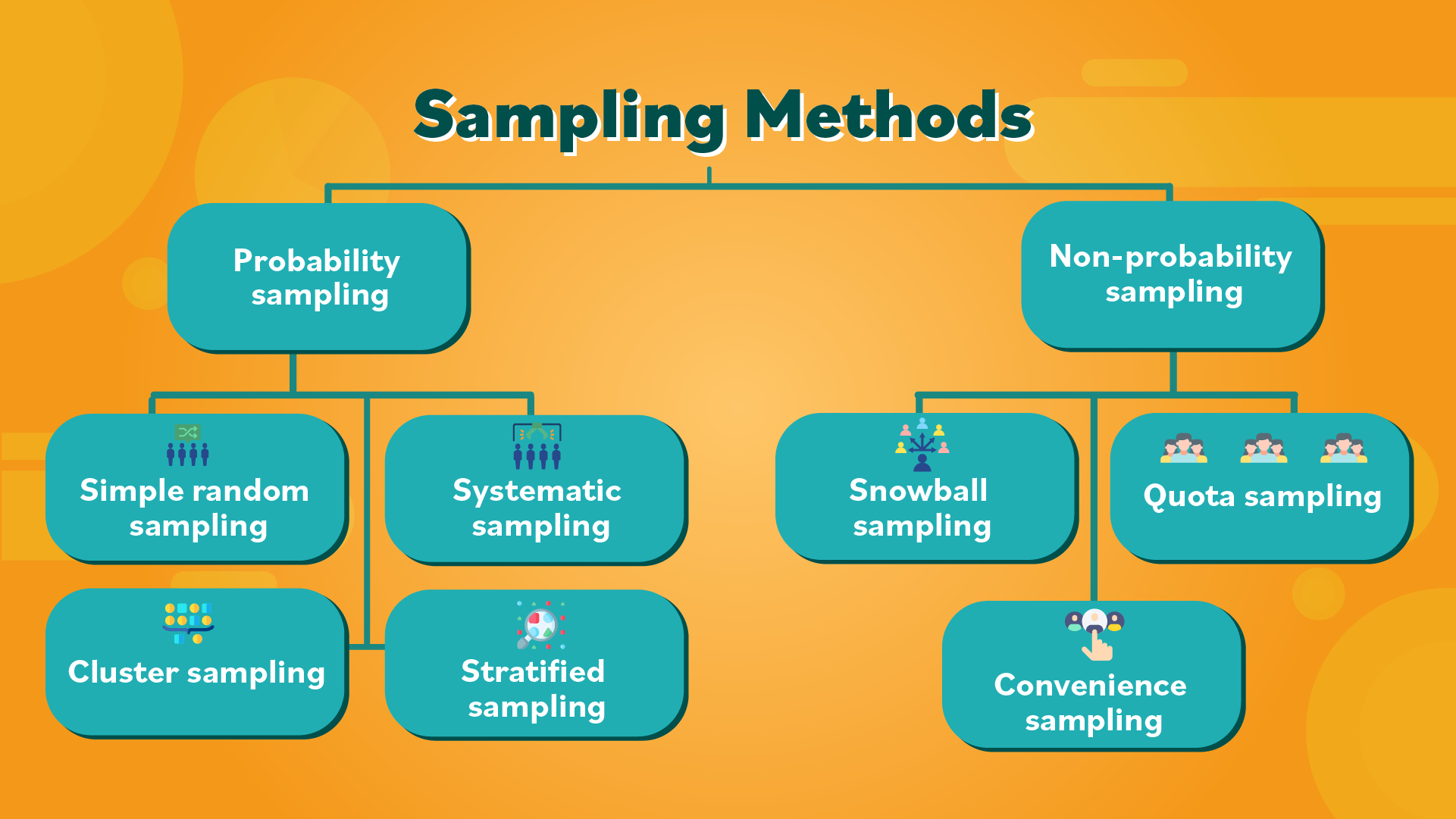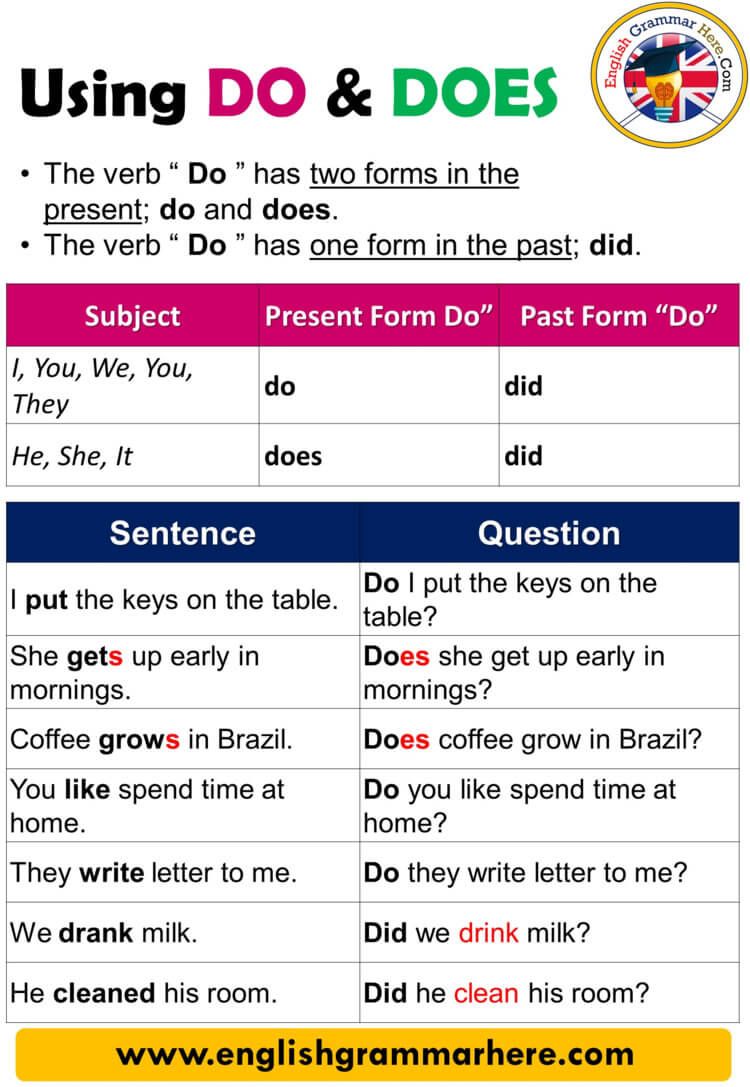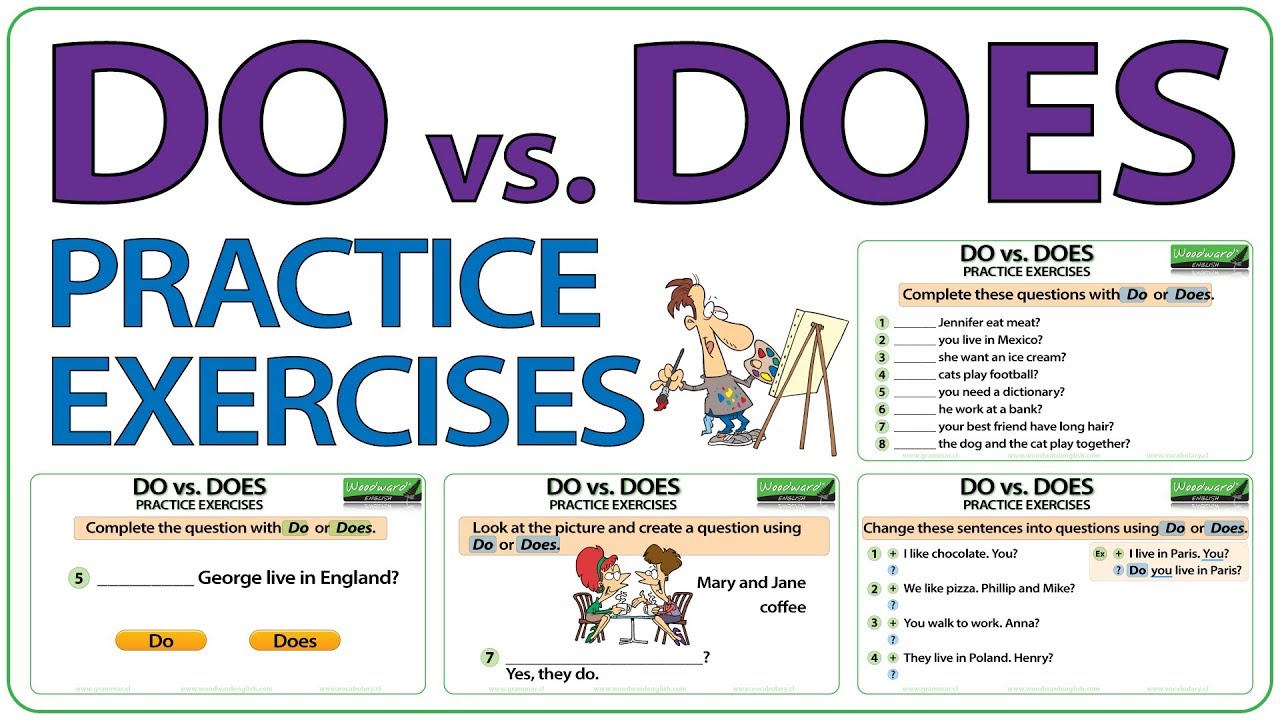Understanding the Greatest Influences on Young Children’s Lifestyles: Family, Education, and Environment
Introduction
The lifestyle of young children is shaped by a complex interplay of factors, each contributing to their emotional, cognitive, social, and physical development. Understanding which elements have the greatest impact enables parents, caregivers, and educators to foster positive growth and address challenges early. This article examines the most influential determinants of young children’s lifestyles-family environment, early education, socioeconomic status, health behaviors, and environmental conditions-and provides practical guidance for accessing resources and support.
Family Environment: The Foundation of Childhood Lifestyle
Research consistently identifies the family environment as the most significant influence on a young child’s lifestyle and development. The emotional climate of the home, quality of parent-child relationships, and stability of caregivers all play critical roles. Children who experience warmth, nurturing, and consistent support from their caregivers are more likely to develop healthy self-esteem, resilience, and social-emotional skills. Conversely, children exposed to instability, high stress, or neglect may face developmental delays and emotional challenges. [1] Parents and caregivers can support healthy growth by:

Source: en.vietstock.vn
- Creating predictable daily routines for meals, play, and sleep
- Expressing affection and active listening
- Setting clear and consistent boundaries
- Engaging in positive reinforcement and conflict resolution
For families facing stressors such as divorce, financial hardship, or mental health challenges, connecting with local counseling services, parenting support groups, or your child’s school counselor can provide valuable assistance. Many communities offer family resource centers or helplines that guide families to appropriate services. If you suspect a child may be at risk, you can contact your area’s child protective services or family support agency for confidential guidance.
Early Education: Building Cognitive and Social Foundations
Access to quality early childhood education profoundly shapes a child’s intellectual and social development. High-quality preschool and early learning programs introduce children to language, numbers, problem-solving, and cooperative play in a supportive environment. Children engaged in early education are better prepared for academic success, demonstrate improved social skills, and have greater emotional regulation. [3]
To access early education opportunities:
- Contact your local public school district to inquire about preschool and pre-K programs. Many districts offer free or sliding-scale options for eligible families.
- Search for licensed childcare providers and accredited early learning centers in your area. State departments of education often maintain searchable directories of approved programs.
- Explore programs like Head Start for low-income families. Information on Head Start can be found through the U.S. Department of Health and Human Services or by searching “Head Start locator.”
Participation in early education also connects families to other resources, including developmental screenings and nutrition programs.
Socioeconomic Status: Access and Opportunity
Socioeconomic status (SES) encompasses family income, education level, and access to resources, all of which are closely linked to a child’s health, development, and daily experiences. [4] Children from higher-SES families are more likely to have safe housing, nutritious food, enriching activities, and access to healthcare. Those facing poverty or instability may encounter obstacles such as housing insecurity, limited access to learning materials, and greater exposure to stress.
Families seeking support can:
- Apply for food assistance programs such as SNAP or WIC through state social services agencies
- Reach out to local food banks and community organizations for supplemental nutrition
- Contact public housing authorities for information about affordable housing options
- Inquire with school counselors about free or reduced-price lunch programs and after-school resources
For more information, visit the official websites of your state’s Department of Health and Human Services or search for “family support services” in your community. Many local agencies offer case management and referrals to help families access needed support.
Health Behaviors: Sleep, Nutrition, and Physical Activity
Children’s health behaviors -including diet, sleep, and physical activity-are essential for healthy growth and daily functioning. Adequate sleep, balanced nutrition, and regular physical activity contribute to cognitive development, emotional regulation, and disease prevention. [2] For example, children who sleep well perform better academically and are less prone to obesity, while those with nutritious diets are more likely to maintain healthy growth patterns.
To support healthy habits:
- Establish consistent bedtime routines and limit screen time before bed
- Offer a variety of fruits, vegetables, whole grains, and lean proteins at meals
- Encourage outdoor play, walks, or sports to promote daily activity
- Model healthy habits as parents and caregivers
If you have concerns about your child’s health behaviors, consult your pediatrician, who can recommend local nutritionists, sleep specialists, or physical activity programs. Many communities also offer free or low-cost classes in nutrition and exercise for families.
Environmental and Social Factors: Safety, Stress, and Community
External environmental and social factors -such as neighborhood safety, exposure to pollution, peer relationships, and community resources-also play vital roles in shaping young children’s lifestyles. Unsafe neighborhoods, exposure to toxins (like lead), or chronic stress can negatively affect cognitive and physical development, while supportive communities and positive peer interactions promote resilience and learning. [3]
Families can enhance safety and social connections by:
- Participating in community centers, libraries, and after-school programs
- Building relationships with neighbors, schools, and local organizations
- Advocating for safer environments through local government and school boards
- Seeking guidance from pediatricians on reducing exposure to environmental hazards
For concerns about environmental risks, contact your state’s Department of Public Health or Environmental Protection for information on lead testing and safe housing resources.
Implementation Steps and Practical Guidance
To maximize positive impacts on a young child’s lifestyle, families and caregivers can:
- Assess current routines, home environment, and access to resources
- Identify areas where support is needed (e.g., emotional, educational, nutritional)
- Seek local resources using official state and community agency websites
- Engage with early education providers and school counselors for referrals
- Maintain open communication with pediatricians and health professionals
- Connect with other families through support groups, playgroups, or community events
Alternative approaches may include participating in virtual parenting workshops, utilizing online educational platforms, or joining neighborhood coalitions focused on child safety and development. Each step should be adapted to the unique needs and circumstances of the family and child.

Source: theblock.co
Key Takeaways
The family environment is the greatest single influence on the lifestyle of young children, but its impact is closely intertwined with early education, socioeconomic factors, health behaviors, and community conditions. By actively cultivating a nurturing home, prioritizing early learning, seeking support services, and engaging with community resources, families can provide young children with the best foundation for lifelong well-being and success.
References
- [1] Focus on Kids Pediatrics (2024). Environmental Factors That Affect Child Development.
- [2] Jirout, J. et al. (2019). How Lifestyle Factors Affect Cognitive and Executive Functions in Children.
- [3] Office of Disease Prevention and Health Promotion (2022). Early Childhood Development and Education.
- [4] Marquette University (2023). Factors That Influence Growth and Development.
MORE FROM couponito.com













